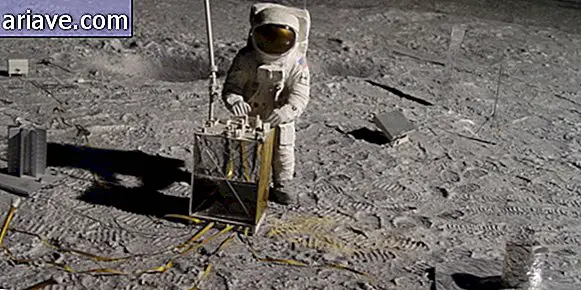Elevators: Learn more about the math of up and down people

Do you know how long we start getting angry after calling a lift? Does the close doors button really work? What is the difference between the east and west elevators? You may never have thought of these questions before, but these are some of the problems that Theresa Christy's math from the OTIS elevator company needs to solve every day.
Christy recently spoke to The Wall Street Journal staff about the peculiarities of working with elevators, revealing that she needs to consider much more than just getting up and down to suit and please passengers.
Curiosities

According to Christy, after calling an elevator, we started to get impatient and agitated after only 20 seconds. In addition, Japanese passengers like to know in advance which door to wait for the next device through beeps and lights so they can get in line.
Eastern passengers are also generally lighter and smaller than Westerners, and are more accustomed to having to share space with crowds of people. So they don't mind going up and down in fuller lifts, unlike Westerners who, besides being usually heavier, prefer to have more space. And you know that button we press frantically to close the doors? No, they do not work.
Typical problems
According to Christy, she also needs to deal with issues related to passenger flow and speed of transport, thinking of situations such as a hotel in the holy city of Mecca, for example, whose elevators must work as efficiently as possible to allow Let a large number of people leave the building five times a day to pray.

Another issue is related to the large buildings that have several elevators that serve numerous floors. As Christy explained, in a building with six elevators, just 10 people trying to get between the floors will present 60 million different transport combinations.
So imagine that a person on the sixth floor wants to get off, and there is a two-passenger device on the seventh floor. Is this particular car the best option for everyone? It may be for the person who called the elevator, but not for the other two already inside it.
Simulations and video game

In order to decide on the best option for each project - bearing in mind that OTIS has elevators in places such as the Petronas Towers, Burj Khalifa and the Eiffel Tower - Christy has software that performs simulations of real situations, as if it were a Real video game.
Thus, watching as the computer addresses elevator logistics issues, Christy assesses all aspects of transportation and seeks to improve the entire system as if she were putting together a big puzzle.











